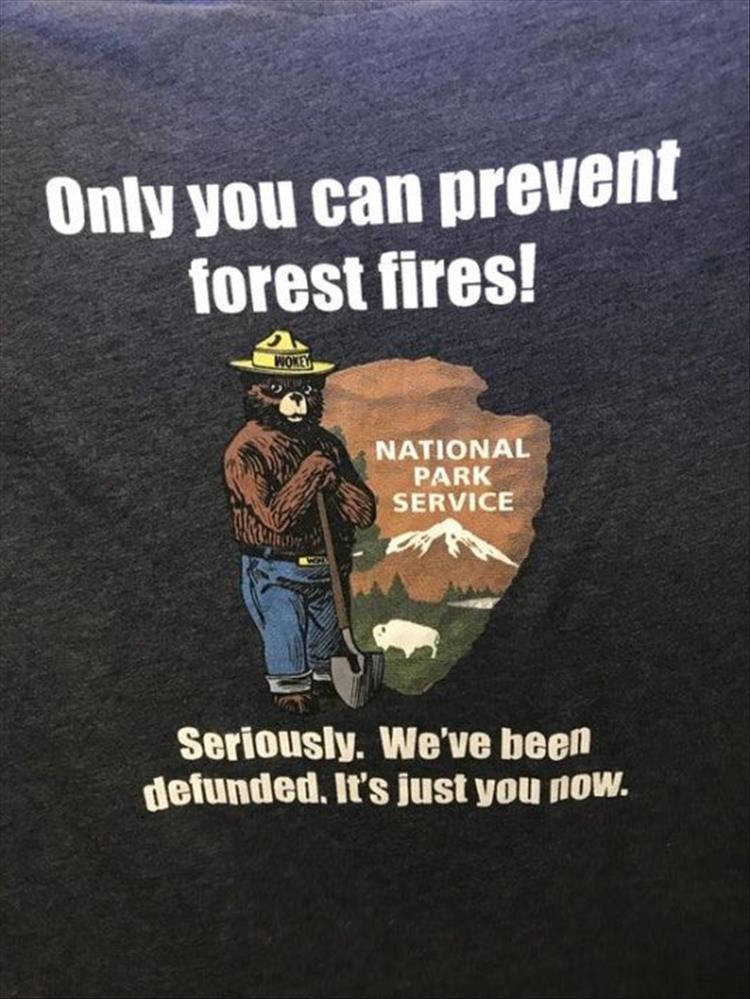Join the Hide community
Get access to live stream, lessons, the post exchange, and chat with other snipers.
Register
Download Gravity Ballistics
Get help to accurately calculate and scope your sniper rifle using real shooting data.

Install the app
How to install the app on iOS
Follow along with the video below to see how to install our site as a web app on your home screen.
Note: This feature may not be available in some browsers.
You are using an out of date browser. It may not display this or other websites correctly.
You should upgrade or use an alternative browser.
You should upgrade or use an alternative browser.
Maggie’s Motivational Pic Thread v2.0 - - New Rules - See Post #1
- Thread starter Snake-Eyes
- Start date
-
- Tags
- motivational pictures
William Sydney Porter, aka O. Henry. Teller at First National Bank, Austin, 1891-1894
Earthquake of August 31, 1886, centered near Charleston, SC .
It damaged many of the railroads in the area
It damaged many of the railroads in the area
Old West gunfighter Bat Masterson , was a colorful figure - an army scout, gambler, buffalo hunter, frontier lawman in Dodge City, and eventually a US Marshall. He was friends with Wyatt Earp, and had visited Wyatt in Tombstone, Arizona , shortly before the showdown at theOK Coral Later in life, after the West had been tamed, he settled in New York City, and worked as a sports editor for the New York Morning Telegraph.
Wyoming, circa 1900 . Overland by stagecoach. Crossing the country by stagecoach was adventurous even by nineteenth-century standards. Nine people could squeeze inside a stagecoach; additional passengers sometimes traveled on the roof. Passengers remained sandwiched together for about 22 days, with only brief stops for meals and changes of stock or equipment
Spare 4 bits for a half and half

M
Wild Hearts Can't Be Broken. The real Sonora Webster Carver and her diving horse.
evada's Tonopah to Sodaville stages meet on the road, circa 1903, for a rare respite. The iron engine would soon take their place as the next year, a 60-mile railroad connected Tonopah with the Carson and Colorado branch of the Southern Pacific Railroad at the Sodaville junction. The railroad would become known as the Tonopah and Goldfield Railroad.
This cowboy's house was dug in so that the insulation of the earth would help keep it warm.
Today we would think of this as a root cellar, but to him it was home!
Today we would think of this as a root cellar, but to him it was home!
A saloon in Georgetown, Colorado. Again, everyone wanted in on the picture
Log cabin in the mid 1880's - Washington CO, Minnesota
Ernest J. Bellocq (1 873-1949 ). American photographer, worked in New Orleans during the early 20th century. Bellocq is remembered for hishaunting photographs of the prostitutes of Storyville, New Orleans' legalized red light district. These have inspired novels, poems and films
A pair of New Mexico brothers get a studio shot in the 1880's
A memorial placed on the battlefield of the Little Bighorn Massacre in 1879
He was also known to throw a coin in the air, draw and shoot it before it hit the ground
This pic was sent to me over the weekend by a friend:

Last edited:
View attachment 6937003
This cowboy's house was dug in so that the insulation of the earth would help keep it warm.Today we would think of this as a root cellar, but to him it was home!
Called a "dugout".
There are still some on west Texas ranches. 6666, Pitchfork, Wagoner (former), JA, and probably some only a handful of new land owners know about.
I hunted a SW Texas ranch owned by a friend. One year, I found myself at the fringes of the 20 sections. It would have involved crossing a fence, and I did not know if the fence was boundary or cross. So I did not close the distance. 400 yards ahead was a structure built out of cross ties. Two ties long, one deep, and 6' tall. To this day, it is a 5 mile ride to water. Chihuahuan desert mountains lay 20 miles to the SW, in Mexico. Back at the house that night, I told the land owner what I saw, and asked if it was a Lion's shack. Yes it is. One cowboy would stay back there by himself, and would be resupplied once a month. This went well into the time of mechanization. At least into the 1960's as I recall him saying.
D
Deleted member 113831
Guest
My great grandmother was born in one of these in 1887 in Greer County, Texas. The land it stood on became Greer County Oklahoma in 1896.View attachment 6937003
This cowboy's house was dug in so that the insulation of the earth would help keep it warm.Today we would think of this as a root cellar, but to him it was home!
Frank Eaton aka "Pistol Pete" to this day, is the mascot for the Oklahoma State University "Cowboys".
Called a "dugout".
asked if it was a Lion's shack. /QUOTE]
"Line" Shack.
Called a "dugout".
There are still some on west Texas ranches. 6666, Pitchfork, Wagoner (former), JA, and probably some only a handful of new land owners know about.
I hunted a SW Texas ranch owned by a friend. One year, I found myself at the fringes of the 20 sections. It would have involved crossing a fence, and I did not know if the fence was boundary or cross. So I did not close the distance. 400 yards ahead was a structure built out of cross ties. Two ties long, one deep, and 6' tall. To this day, it is a 5 mile ride to water. Chihuahuan desert mountains lay 20 miles to the SW, in Mexico. Back at the house that night, I told the land owner what I saw, and asked if it was a Lion's shack. Yes it is. One cowboy would stay back there by himself, and would be resupplied once a month. This went well into the time of mechanization. At least into the 1960's as I recall him saying.
Your description sounds a lot like the location of a dugout on my friend's property in West Texas. near the edge of the property, and the US border. Good retreat location. Illegals have never run across it, since it isn't on a regular route, or on a drainage headed in the right direction. He still puts a family member out there now and again, to start rounding up the most distant cattle and get them headed the right way. It is rare and rarified country, with some amazing vistas.
Guess I've heard it wrong, for a long time.
Dugouts were historically prairie dwellings on the plains by the settlers because house building materials were scarce and expensive.
Dugout, sod house, sod hut, soddy, were common terms.
There are storys of buffalo hunters surviving hard winters in soddys.
Line shacks historically were any combo of a soddy or board shack, that cowboys stayed in monthly+, to keep up fence lines, keep cows in, keep rustlers out, and mind the herd.
They are still in use in some places during round up. Propane camper refrigerators, camp stoves, and such.
Portales' NM, uncle passed a few years back at 98 or 99, had a ranch with them on it, and a f'ton of stories.
Liberal politicians perfectly fit the definition of hypocrite.
I guarantee they are all individually worth MUCH more than that!
Now that's funny. Nice job man.
Anyone else think he looks a bit like the psycho Adam whatever from the Sandy Hook ordeal?
Anyone else think he looks a bit like every other psycho who is committing these atrocities because they are mentally retarded and should have been locked up ages ago?????
^^^Fixed it for ya....
Yep, line shack, as in boundary line, or property line, & later fence. His job to keep the cattle in, rustlers out & fence fixed
Similar threads
- Replies
- 0
- Views
- 44K
- Replies
- 64
- Views
- 21K







